The legendary A-11 has been a part of our lives for the best part of a century. It was born almost 80 years ago and has, over the years, fascinated historians and horologists alike. The conditions that led to the A-11’s design are, thankfully, a thing of the distant past, but the pressures and requirements placed on the watch’s designers, and its original manufacturers (three American brands, Waltham, Elgin, and Bulova) meant that it became a watch for the ages.
The cynical politician might remind us that every great tragedy is just as great an opportunity. Regrettably, in the case of war, this has proven to be true on more than one occasion. Rarely in history are nations forced to advance their technology and collaborate so closely to conceive creative solutions to problems they would never normally face in peacetime.
Around the middle of the Second World War, the Allied forces on both sides of the Atlantic were developing new criteria for wristwatches specifically designed for use in the field. The Europeans sent out a multi-national order to twelve different watch companies (Omega, Cyma, Record, Buren, Eterna, IWC, Timor, Lemania, Longines, Jaeger-LeCoultre, Grana, and Vertex) instructing them to conceive their own interpretation of a watch that met a stringent list of specifications. In the USA, at a similar time, work began on the A-11.
The instructions from the American Army were clear: design a watch able to survive the rough and tumble conditions of armed conflict, be resistant to environmental pressures and changes, and function primarily as a navigation tool with a high degree of accuracy. The success of the timepieces created by Waltham, Elgin, and Bulova clearly assisted the Allies' victory in WWII. One of the key benefits of having an accurate watch that could be synchronized to the second was that it enabled the Air Force, Navy, and Marines to coordinate their operations to the second. That devastating harmony wreaked havoc with the Axis forces and allowed the Allies to storm to what had, at one point in time, looked like an unlikely victory.

While very few of Europe’s “Dirty Dozen” watches, as they would become known, actually made it onto the wrists of active service personnel (due to the order being placed so late on in the conflict), the A-11 featured on many an American pilot’s wrist. While the vast majority of A-11s were issued to pilots, there were some that made it to the beaches of Normandy on the wrists of US infantry as they took part in the D-Day clash.
Although tens of thousands of watches were made, it is, these days, very hard to find an A-11 in good working condition. This is not to say they were of bad quality for the time of their production, but it does shine a light on just how far manufacturing techniques have come in the intervening years. In the olden days, watches of this nature were cased in a cheap, base metal and plated to give them the appearance of being made from steel.
However, they were not. Over time (especially when subjected to the daily rigors of war) the chrome plating would wear off and the cases would look in pretty bad shape, pretty quickly. Therefore, finding an A-11 in decent aesthetic condition is even harder than finding one in good running order.
The performance specs of the A-11 watches that actually featured in real-life combat are comparable to their modern-day counterparts. The original models were accurate to around 30 seconds a day and were said to have power reserves ranging from 30 to 56 hours, depending on the manufacturer of the watch.
One of the most horologically interesting facts about the specific modifications made to the movement of the A-11 to make it suitable for life in navigation, was the relocation of the seconds hand (previously placed at the six o’clock position and housed in a sub-dial), to the central position. This required watchmakers to add an extra bridge and an extra ruby (included in watchmaking to reduce the friction of components and improve accuracy and longevity).

This modification was put into practice on June 6th, 1944. On that date, all A-11 watches in active service were synchronized to the second. This immediately preceded the Allies launching their assaults at exactly the same time.
This apparent simplification of the display did wonders for the readability of the A-11. The longer central seconds hand was much easier for pilots to see and read accurately when flying at speed. An accurate read-out from a wristwatch is incredibly important for a pilot who, in those days, had to perform complicated calculations in their head while keeping a plane in the air and executing a mission. The last thing a pilot needs with all that on their mind is a hard-to-read watch, after all...
The great irony of the A-11 design is how appealing it is to those not saddled with the responsibilities of a cockpit. No one could have predicted that the designs of the A-11 and the Dirty Dozen watches would one day be regarded as commercial. The notion of these watches one day defining an entire genre of highly collectible timepieces would have seemed entirely alien to those from whose pens those first designs flowed.
Praesidus has shouldered the responsibility of bringing the A-11 back to life and back to prominence in the minds of watch collectors the world over. It is a shame that the glorious military history of the A-11 has not received the attention it deserves in recent years, but the stories of those who wore it on the battlefields of WWII and the timeless aesthetics that, even today, look as fresh as ever, demand another look.

With all the benefits of modern manufacturing techniques on its side, Praesidus is aiming to create what is not only a faithful and respectful homage to the original timepiece but also an evolution of it. For the first time, steel has been used as a case material. Hardened mineral, acrylic and sapphire crystals have been used for the lens - depending on the price point. The option of either quartz-regulated or mechanically-powered movements now exist, giving fans of the Praesidus A-11 the choice between accuracy the likes of which the model has never before known, or tradition, for those that want the authentic feel of the source material.
Sizes now range from 32, through 40, up to 42mm. Praesidus fans can therefore choose from the authentic 1940s sizing or go for a more modern diameter, as they please. The water-resistance comes in at 50 meters for the quartz pieces and tops out at a very impressive 100 meters for the mechanical watches within our offering. This feature has been consciously improved as a nod to the watch’s past. If the A-11 had been commissioned today to fight the same fight the original version helped win, this is what it would like. More specifically, with the A-11 Type 44, you'd get all the soul of the authentic original and all the fight of a tooled-up descendent.

Discover Now!


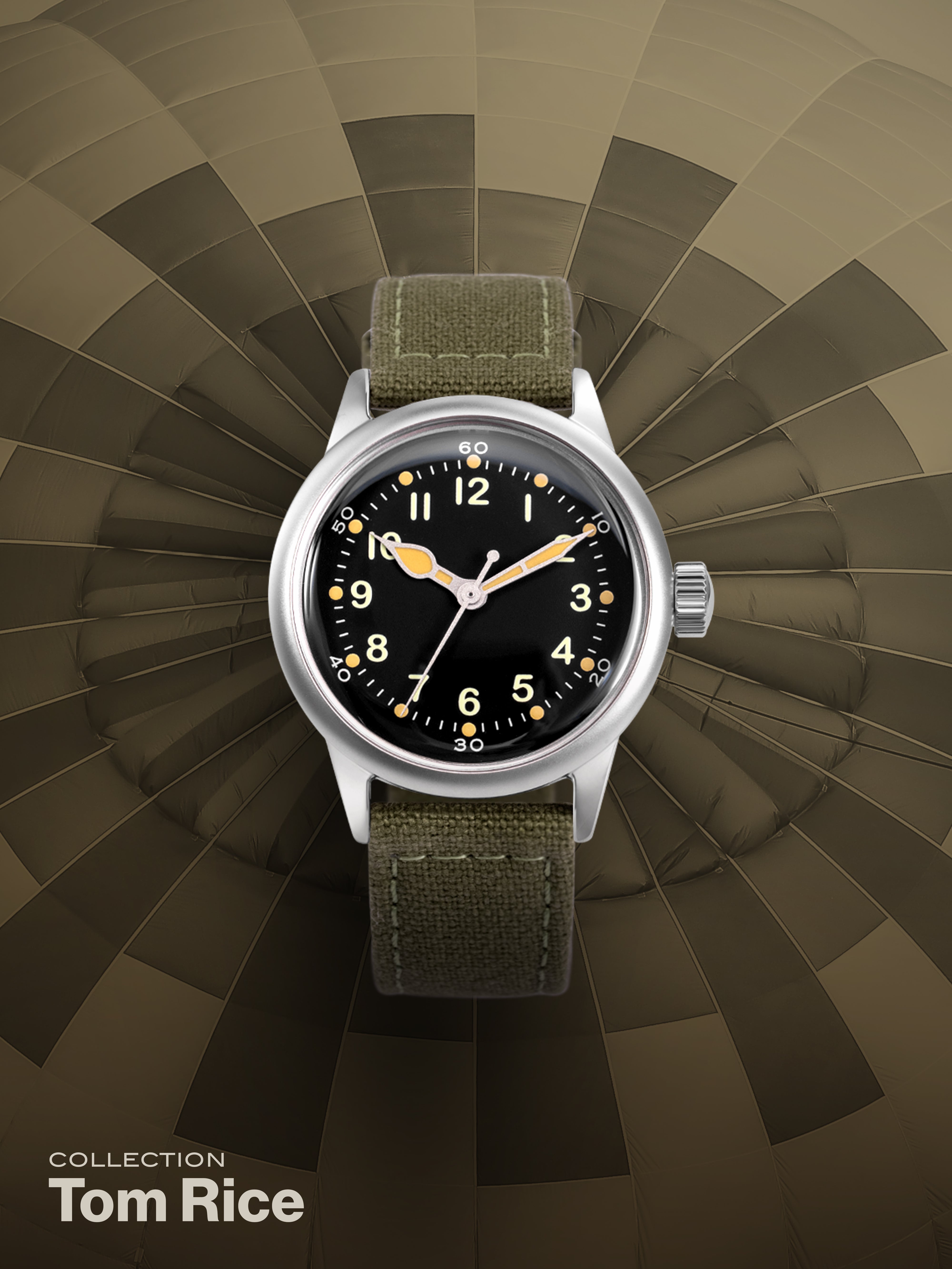

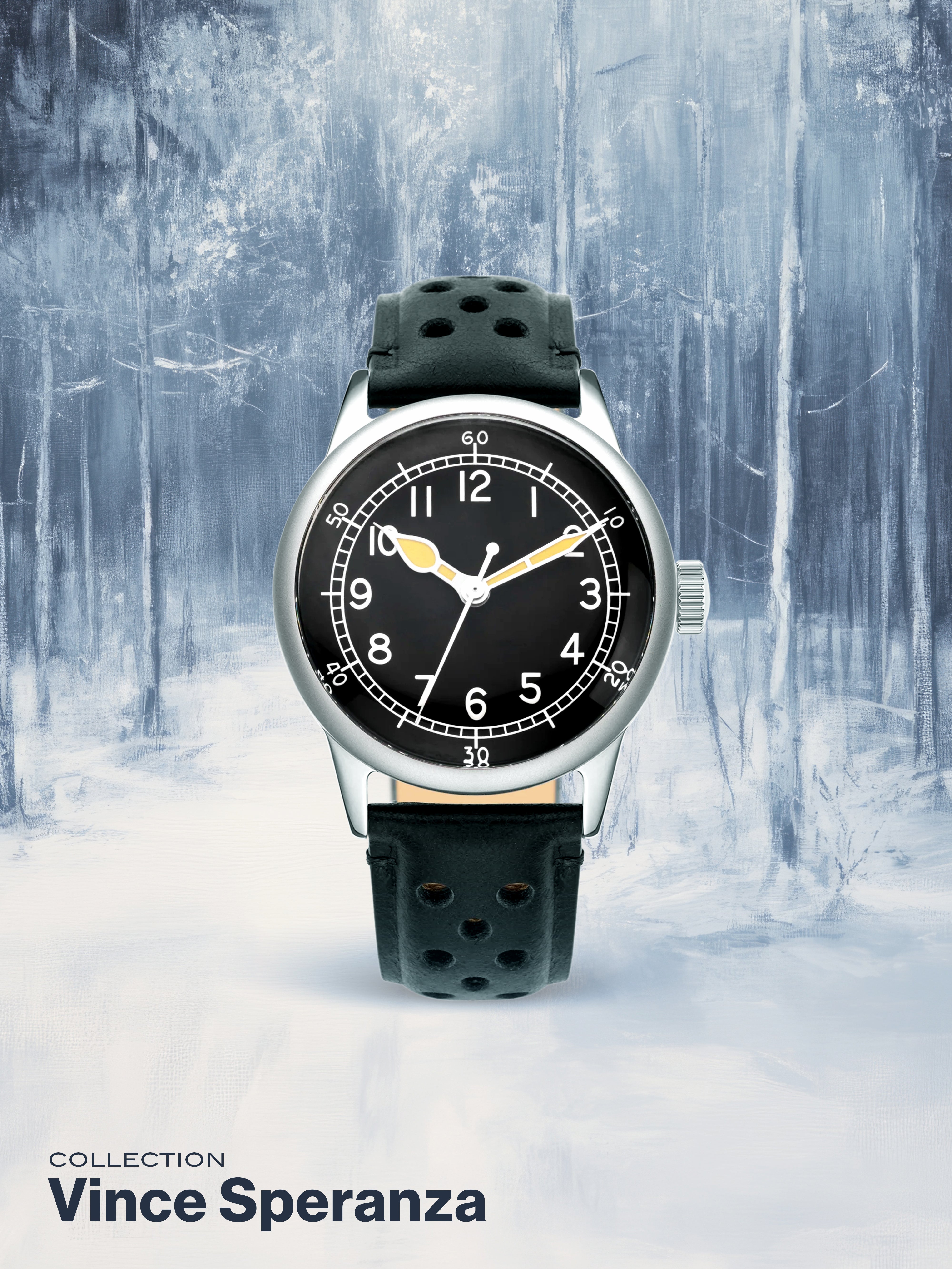
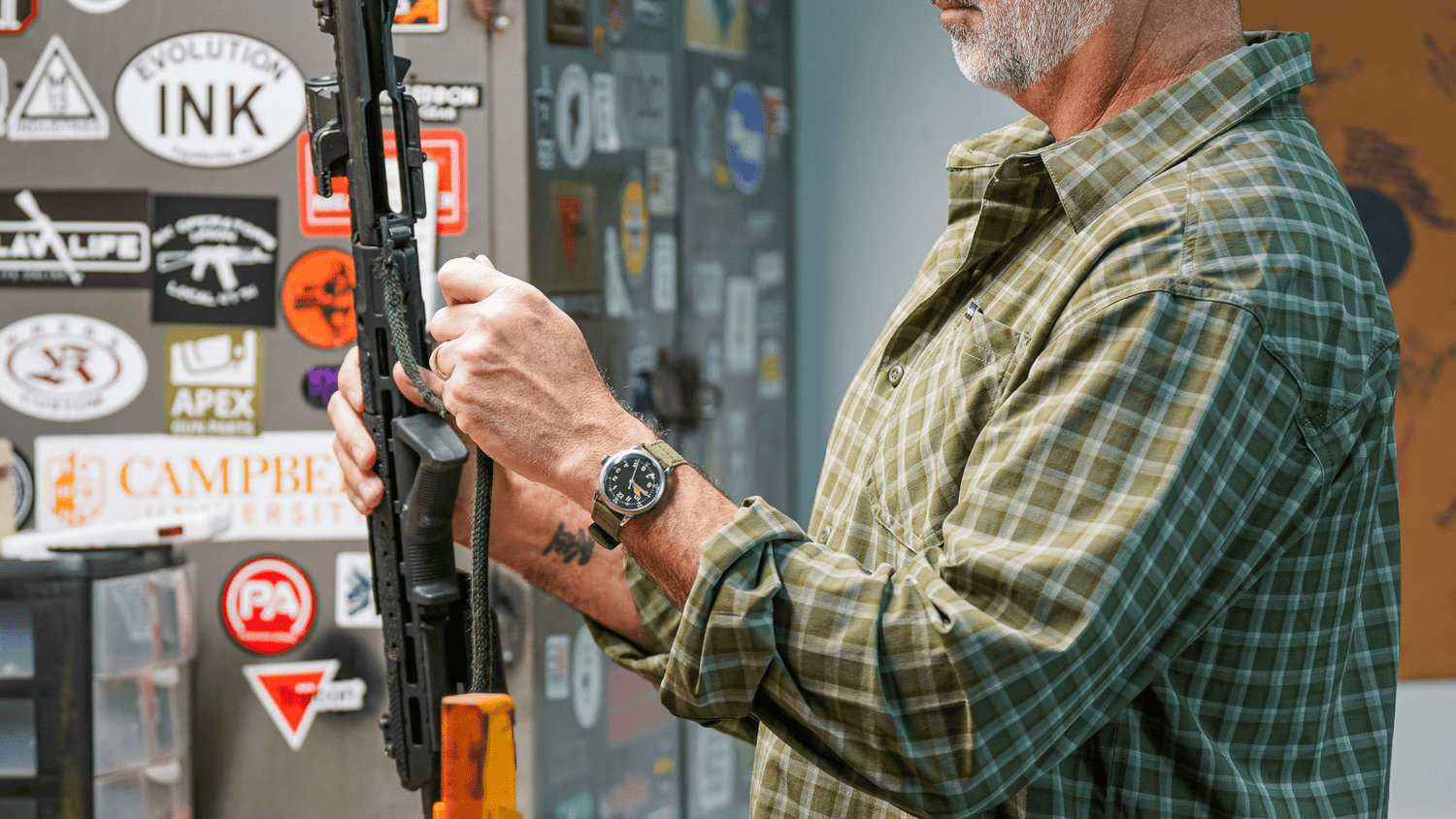
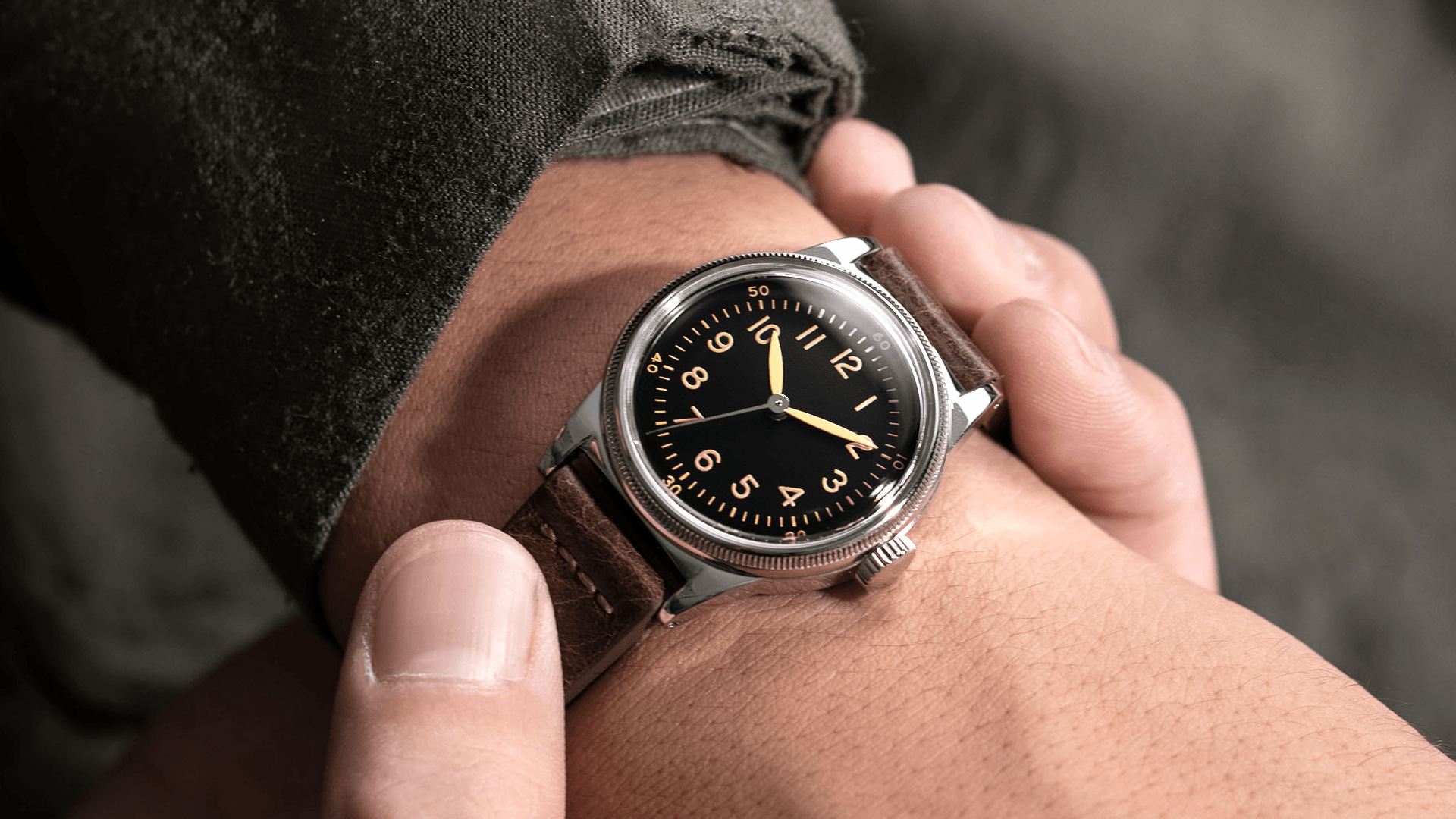
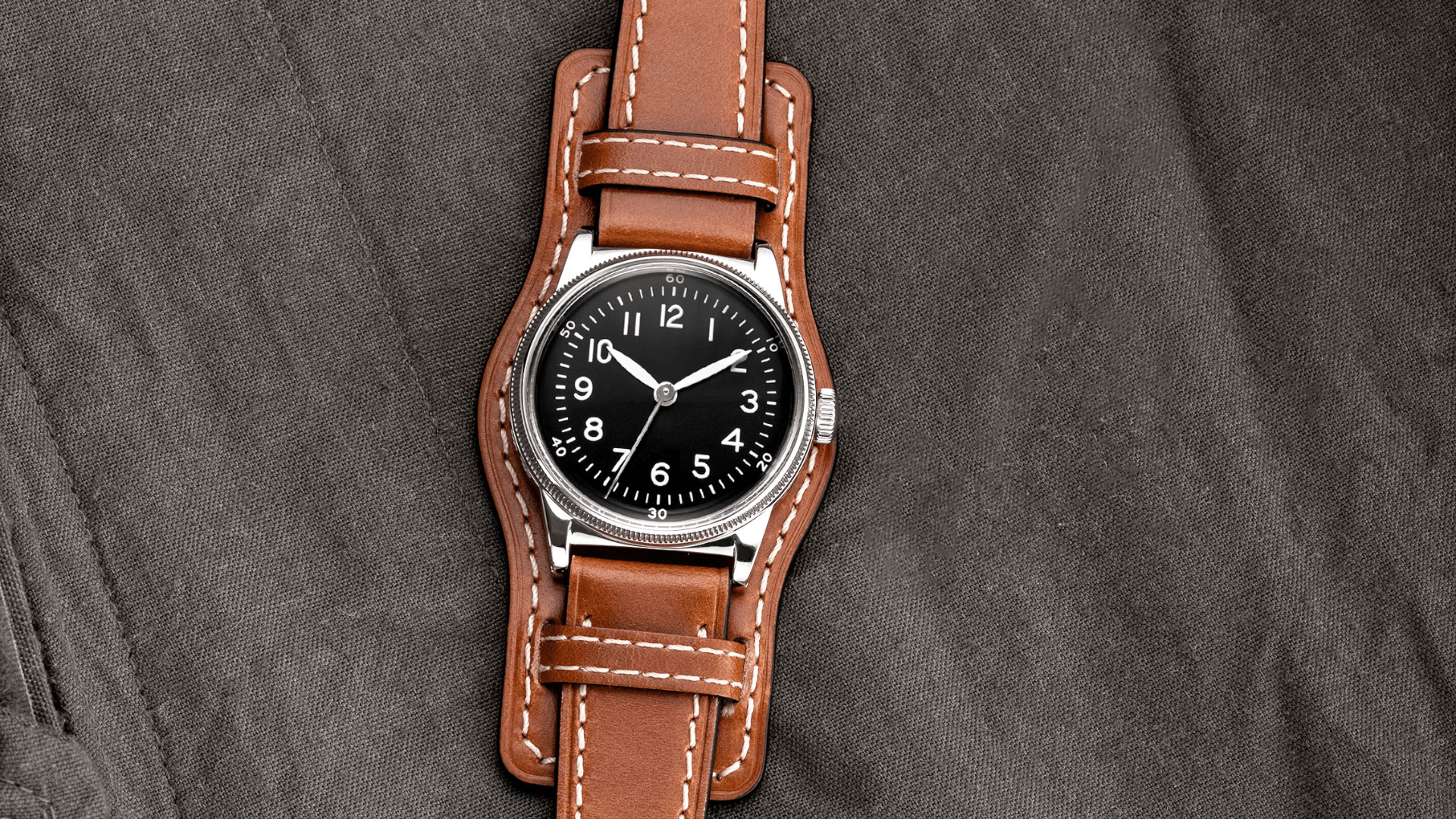
Leave a comment
This site is protected by hCaptcha and the hCaptcha Privacy Policy and Terms of Service apply.